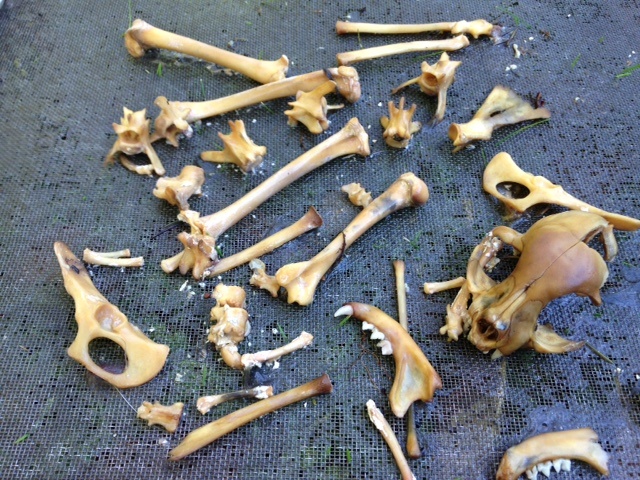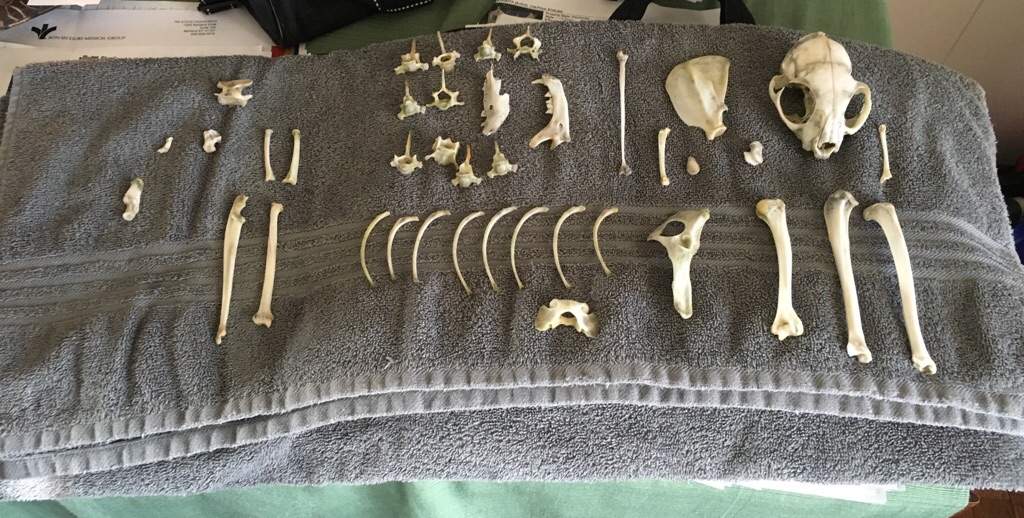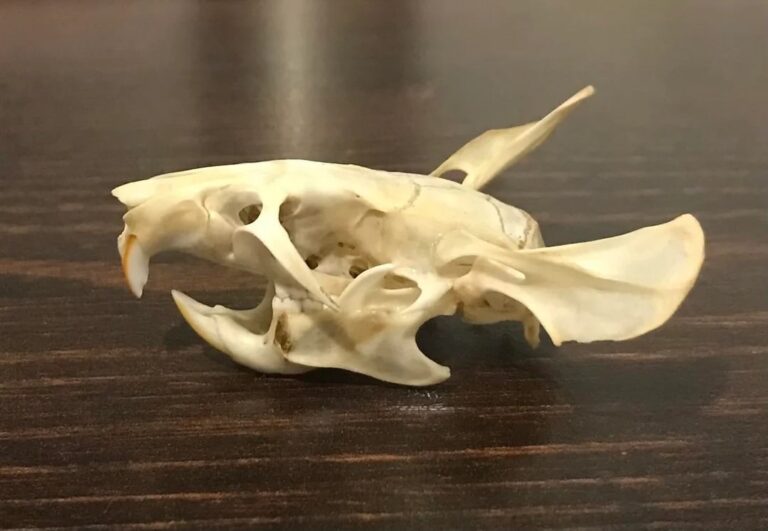The decomposition process for a cat, or any animal, can vary based on several factors including environmental conditions, temperature, humidity, presence of scavengers, and the cat’s size. Generally, the process of decomposition in a moderate environment might take several weeks to months for a cat’s body to fully break down.
Initial stages of decomposition involve the body undergoing changes such as bloating due to gas production, followed by breakdown of tissues by bacteria and enzymes. In warmer and more humid conditions, decomposition might occur more rapidly due to increased microbial activity, while in colder or drier environments, the process could be slowed down.
What factors influence cat decomposition time?

These factors interplay in complex ways to determine the timeline and progression of cat decomposition. Understanding these elements is crucial in various fields, including forensic science, ecology, and veterinary studies.
Environmental Conditions
Temperature
Temperature plays a crucial role in decomposition. Higher temperatures accelerate the process by fostering bacterial activity, causing faster tissue breakdown.
In warmer climates, decomposition can occur more rapidly, potentially within a few weeks, whereas in colder environments, the process might take months.
Humidity
Humidity levels influence decomposition rates. Higher humidity can promote microbial growth, aiding in the breakdown of tissues.
Excess moisture can speed up decomposition, whereas arid conditions may slow it down, extending the overall process.
Presence of Scavengers
Scavengers like insects, rodents, or larger animals can significantly impact decomposition. They accelerate the process by consuming soft tissues, bones, and organs.
Scavenger activity can lead to quicker decomposition, especially in exposed or accessible environments.
Body Size and Health of the Cat
The size and health of the cat prior to death can influence decomposition. A larger body may take longer to decompose compared to a smaller one.
Health conditions or diseases might affect decomposition rates due to variations in tissue integrity and microbial activity.
Burial or Surface Exposure
Whether the cat’s body is buried or left on the surface can affect decomposition.
Burial might slow down the process by limiting oxygen and microbial access, potentially preserving the body for a longer duration.
Surface exposure tends to accelerate decomposition due to increased microbial activity, scavenger access, and exposure to environmental elements.
How does cat decomposition progress through different stages?
These stages of decomposition are critical in various fields, including forensic science, veterinary medicine, and environmental studies, as they provide insights into the processes involved in the breakdown of organic matter after death.
Fresh Stage
Initial changes in body appearance and odor
During the fresh stage, immediately following death, the body undergoes subtle changes in appearance and odor.
Color changes may occur, ranging from paleness to a bluish-purple discoloration called livor mortis. Odor might not be immediately noticeable but can start developing.
Bloating due to gas formation
One of the early signs of decomposition is the accumulation of gas within the body due to microbial activity.
This leads to bloating, primarily in the abdomen, caused by the production of gases such as methane and hydrogen sulfide.
Active Decay
Breakdown of tissues by bacteria and enzymes
Active decay marks the stage where bacteria and enzymes begin breaking down tissues, leading to the liquefaction of organs and muscles.
Bacteria thrive in the nutrient-rich environment and accelerate tissue decomposition, causing the body to further deteriorate.
Odor intensification
Odors become more pronounced during this stage due to the release of various compounds produced during decomposition, such as putrescine and cadaverine.
The distinct, foul odor associated with decaying flesh becomes noticeable and intensifies as decomposition progresses.
Advanced Decay
Significant reduction in body mass
Advanced decay is characterized by a visible reduction in the body’s mass as tissues continue to break down and liquefy. Fluids and gasses escape, further reducing the size of the remains.
Skeletal remains visible
During this phase, the breakdown of soft tissues exposes skeletal elements, making bones and cartilage visible.
Remaining tissues, such as ligaments and tendons, continue to deteriorate, leaving behind primarily skeletal remains.
Dry/Remains Stage
In the dry or remains stage, decomposition slows significantly, and what remains are the skeletal structures, along with remnants of dried tissues and hair. Most soft tissues have been degraded, leaving behind bones and dried remnants as the final stage of decomposition.
What is the timeline for cat decomposition stages?

The approximate duration of each decomposition stage, the impact of environmental conditions, and real-life case studies of decomposition variability aids forensic scientists, veterinarians, and researchers in estimating time since death, understanding ecological processes, and improving forensic investigations.
Approximate duration for each decomposition stage
Fresh Stage
Typically lasts for 1-2 days post-mortem. During this stage, initial changes in appearance and odor occur, along with bloating due to gas formation.
Active Decay
Lasts approximately 4-10 days. This stage involves the breakdown of tissues by bacteria and enzymes, leading to intense odor and rapid decomposition.
Advanced Decay
Lasts several weeks to months. Significant reduction in body mass occurs, with skeletal remains becoming visible as tissues continue to degrade.
Dry/Remains Stage
Can last for months to years. Final stage where only skeletal remains and dried remnants persist, marking the end of active decomposition.
Variability based on environmental conditions
Environmental factors like temperature, humidity, and the presence of scavengers significantly influence decomposition timelines.
In warmer and more humid environments, decomposition tends to occur more rapidly, potentially shortening the duration of each stage.
Colder or drier conditions can slow down the decomposition process, prolonging the duration of each stage and overall decomposition timeline.
FAQ’s
How fast does an animal decompose?
The decomposition speed varies based on factors like size, environmental conditions, and scavenger presence. Generally, it takes weeks to months for complete decomposition.
How long can I wait to bury my cat?
It’s advisable to bury a deceased pet soon after death to avoid decomposition. Waiting can lead to odor and health concerns.
What happens when a cat dies naturally?
After natural death, a cat’s body undergoes decomposition, starting with the breakdown of tissues by bacteria and enzymes, progressing through stages until skeletal remains are visible.
How do you bury a cat?
Choose a suitable location, dig a hole deep enough to prevent scavengers, and place the cat in a biodegradable container or wrapped in cloth before covering it with soil.
How long does it take for an animal to decompose and stop smelling?
The duration varies, but decomposition can last weeks to months. Odor typically diminishes as decomposition progresses but may persist for some time.
Can I bury my cat in my backyard?
Regulations vary by location, so it’s essential to check local laws. Some areas permit backyard pet burial, while others may have restrictions or require specific procedures.
Final Words
When a cat passes away, its body goes through different steps of breaking down. First, there are small changes like how it looks and the gas inside making it bigger. Then, the body starts to break apart, and it smells really bad. After that, the body gets much smaller, and you can see bones.
Finally, only bones and some leftovers are left. The weather and where the body is make a big difference in how fast this happens. Hot and wet places make it happen faster, but cold and dry places slow it down. Real stories show that it can happen at different speeds.
Understanding these steps helps scientists, vets, and nature experts learn about what happens when things die.

